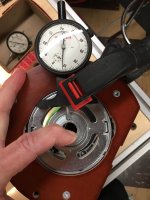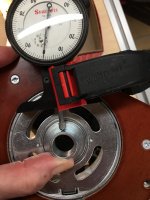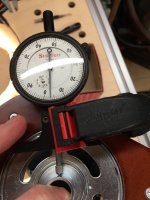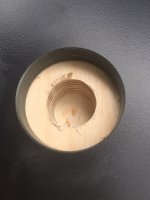So i just picked up a OF1400 and tonight i was looking for a set of guide bushings. My google search resulted in a few topics from this forum discussing the issues that are present with this specific router when using guide bushings. There is side to side movement, you can’t center them, etc. So, can someone bring me up to speed on exactly what the issue is and how it can be solved? Did i buy a router that can’t use guide bushings accurately?
This seems to be a big issue, tons of threads about it but not one that is clear on whats happening and how to solve the problem. Thats why i wish this forum and its moderators would take advantage of making more sticky threads. Its hard to search for what you want without getting a ton of other stuff you don’t need.
This seems to be a big issue, tons of threads about it but not one that is clear on whats happening and how to solve the problem. Thats why i wish this forum and its moderators would take advantage of making more sticky threads. Its hard to search for what you want without getting a ton of other stuff you don’t need.






